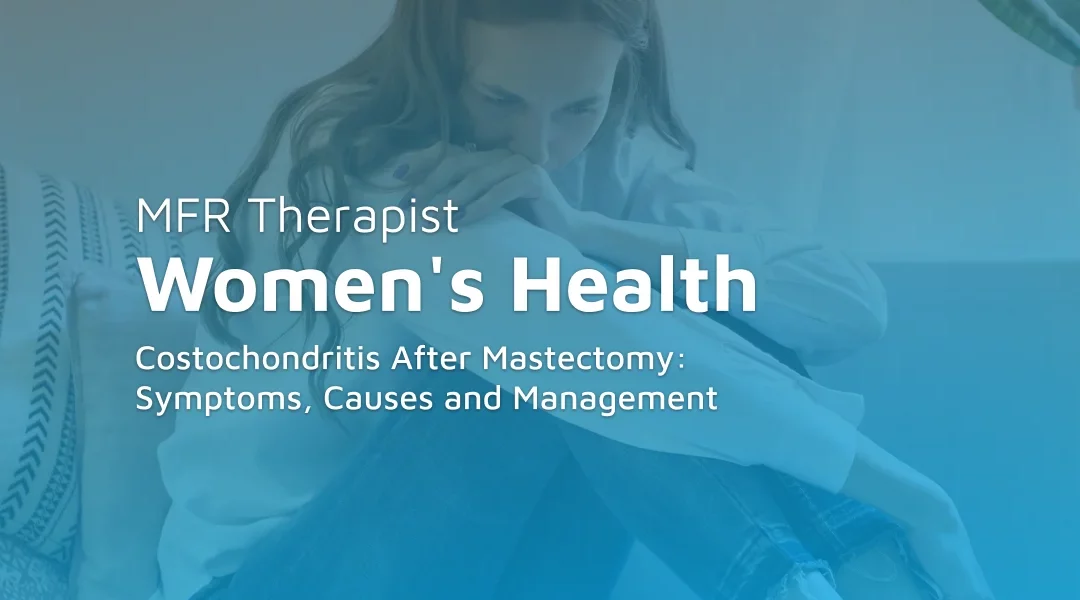Surgical factors
Surgical factors play a significant role in the development of costochondritis post-mastectomy. The trauma and inflammation caused by the surgery can trigger costochondritis. Also, certain surgical techniques and procedures may increase the risk of developing this condition. For instance, procedures that involve manipulation or removal of the costal cartilages may lead to inflammation and subsequent costochondritis. Therefore, understanding these surgical factors can assist in the prevention and early detection of costochondritis post-mastectomy.
Pre-existing conditions
Pre-existing conditions can also contribute to the development of costochondritis after a mastectomy. Conditions that affect the cartilage, such as osteoarthritis, rheumatoid arthritis, or ankylosing spondylitis, can increase the risk of costochondritis. Additionally, any previous chest wall injuries or trauma can predispose a patient to develop this condition post-mastectomy. Therefore, a comprehensive medical history is important in assessing the risk of costochondritis.
Lifestyle factors
Lifestyle factors are another important aspect in the development of costochondritis after a mastectomy. Overuse of the arms, whether due to work or physical activities, can trigger or worsen the symptoms of costochondritis. Activities such as heavy lifting, sweeping, or any movement that overextends the upper body can lead to flare-ups of pain. Consequently, making certain lifestyle adjustments can be a key part of managing and preventing costochondritis.
Unforeseen Complications
Unforeseen complications can also lead to costochondritis after a mastectomy. For instance, infections after surgery, particularly in patients who have had chest wall surgery or who use intravenous drugs, can cause inflammation leading to costochondritis. Additionally, the presence of tumors, both benign and cancerous, in the chest area can also contribute to the development of this condition. Therefore, being aware of these potential complications can aid in the timely diagnosis and treatment of costochondritis.
Physical therapy
Physical therapy can be helpful in managing costochondritis after a mastectomy. It can help in reducing pain, improving mobility, and enhancing the patient’s overall quality of life. Various physical therapy techniques, such as ice therapy, thoracic mobilization, breathing techniques, and stretching exercises, can provide relief from the symptoms of costochondritis. In some severe cases, more intensive interventions like cortisone injections or even surgery may be considered. However, these are typically last-resort options and are used only when other treatment modalities have failed to provide relief.
Medical options
Medical treatment options for managing costochondritis, particularly after a mastectomy, can be varied and should be tailored to the individual’s specific pain levels and overall health condition. Nonsteroidal anti-inflammatory drugs (NSAIDs) such as Advil (ibuprofen), Motrin (ibuprofen), or Aleve (naproxen) can help alleviate the inflammation and pain associated with costochondritis. For those experiencing severe pain that does not respond to oral medications, corticosteroid injections may offer significant relief. However, because of potential side effects, these injections are typically reserved for cases where other treatments have not been effective.
As with any medical treatment, it’s essential to have a thorough discussion with your healthcare provider. This conversation should encompass potential benefits, risks, and side effects of these medications, as well as their compatibility with your post-mastectomy recovery. Each treatment option should be carefully considered to formulate the most effective and personalized pain management strategy.
Lifestyle adjustments
Making certain lifestyle adjustments can also be beneficial in managing costochondritis after a mastectomy. Avoiding activities that overuse the chest muscles, such as heavy lifting or excessive sweeping, can help prevent flare-ups. Practicing good posture can also alleviate pressure on the chest wall and reduce pain. Regular exercise and stretching can improve flexibility and strength, which can help manage the symptoms of costochondritis. It’s important to remember that these adjustments should be made in consultation with your healthcare provider or a trained therapist to ensure they are safe and beneficial for you.
Myofascial release therapy
Myofascial release (MFR) therapy is a hands-on therapeutic technique that can be particularly effective in managing costochondritis post-mastectomy. This therapy involves applying gentle, sustained pressure and stretch to the myofascial connective tissue of the body to eliminate pain and restore motion. MFR therapy can help in reducing pain, enhancing flexibility and movement, and improving overall quality of life. At MFR Health, our certified MFR therapists have advanced training in John F. Barnes’, the leading expert in the field of MFR, methodology of MFR.
Finding a certified MFR therapist is a crucial step in managing costochondritis effectively. At MFR Health, we connect patients with highly qualified MFR therapists who can provide effective treatment tailored to their specific needs. It’s important to ensure that your therapist is certified in MFR, as this signifies that they have undergone rigorous training and are well-equipped to provide the highest standard of care. You can use our platform to find a certified MFR therapist near you.
Living with costochondritis after a mastectomy can indeed be a challenging experience. However, it’s heartening to know that you are not alone in your journey. The road to recovery is paved with a host of effective treatments and a supportive community that understands your struggles. It’s essential to stay positive and proactive in your approach to recovery, and embrace the various resources at your disposal. Your journey towards pain relief and enhanced wellness is not just a possibility — it’s an attainable goal with the right help. Remember, each step you take is a move towards a more comfortable and fulfilling life. Find a certified MFR therapist near you to get started on your healing journey.

